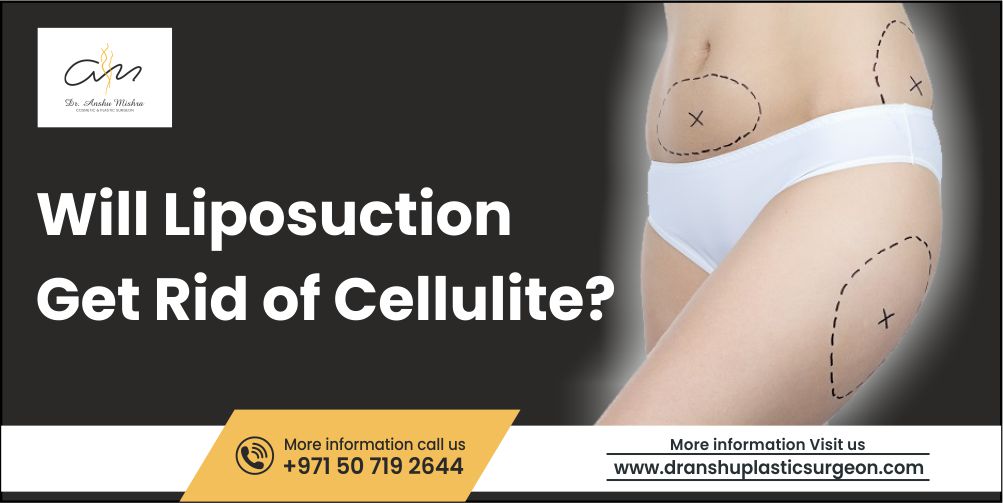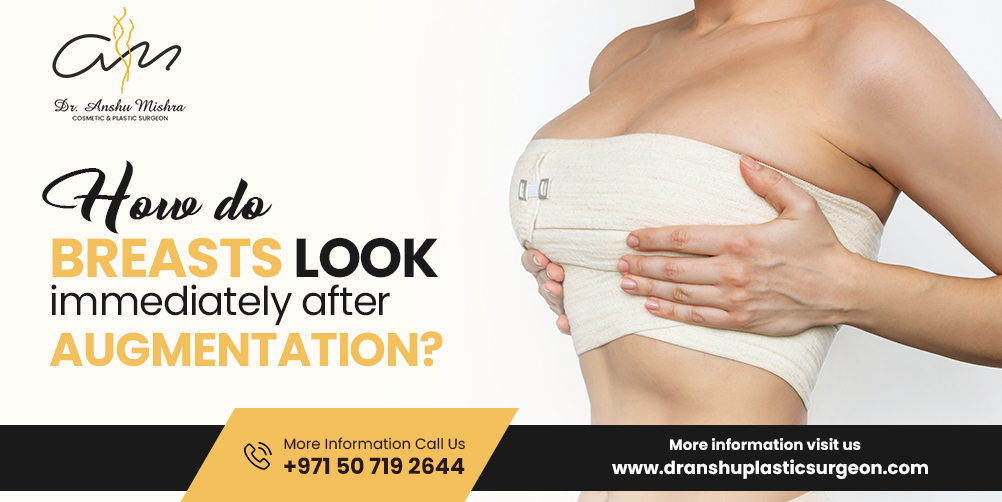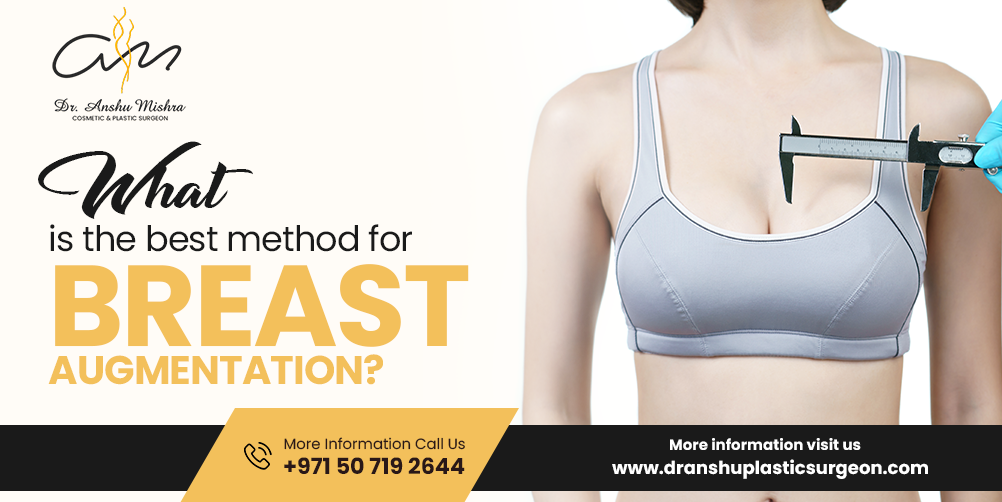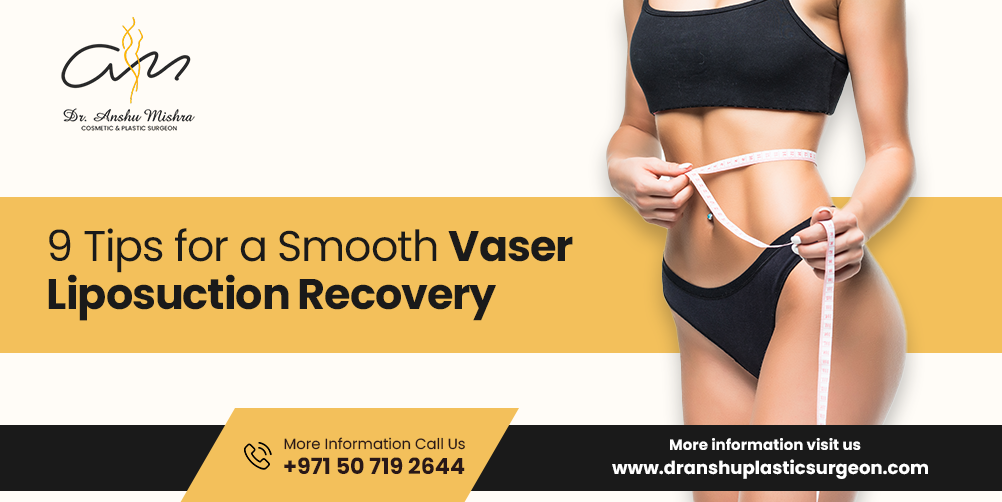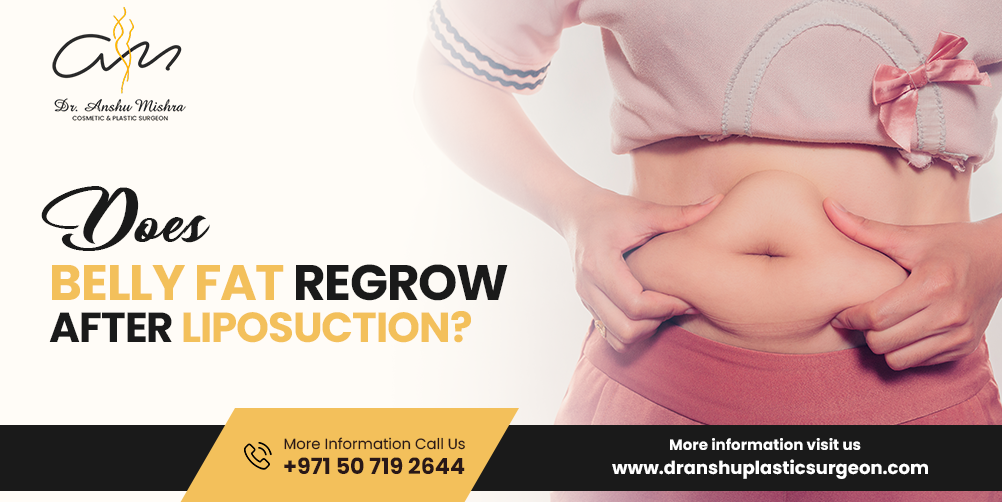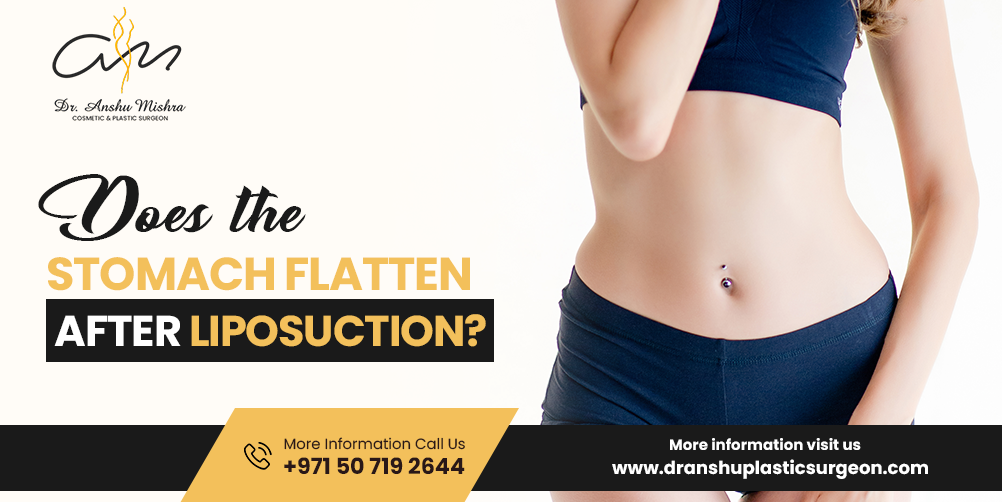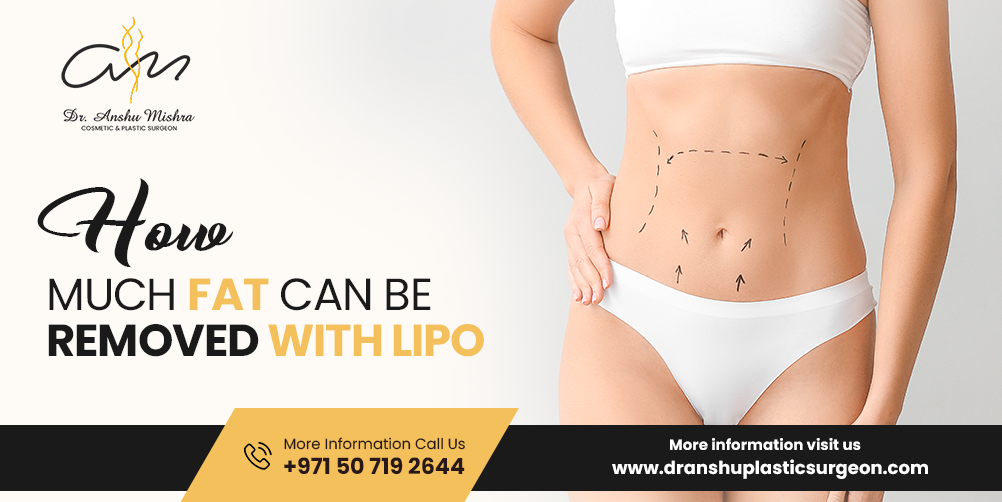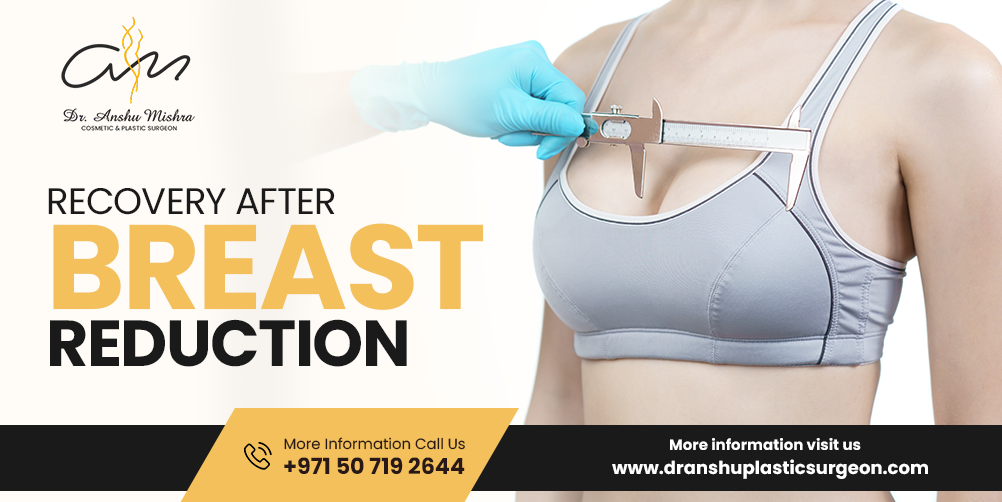Liposuction is a cosmetic surgery procedure that helps to remove excess fat to improve body appearance and gives smooth body shape. Still, if you are confused whether liposuction will get rid of cellulite, it may slightly improve the appearance of cellulite but do not fix or remove it altogether. It permanently removes fat from specific areas of the body.
Table of Contents
ToggleOn What body parts can Liposuction be done?
You can have a liposuction procedure anywhere on your body. Some common areas of the body in which liposuction can be done are :
- Abdomen
- Flanks ( love handle )
- Back or chest
- Chin
- Buttocks
- Inner knees
- Thighs
- Upper arms
| Also Read: Advantages of Liposuction |

Who are the Perfect Candidates for Liposuction?
Specific requirements should be met to ensure that you are a perfect candidate for a liposuction procedure. An appointment with the best surgeon is vital for you to fully understand the benefits, risks, and what the procedure entails. Liposuction is not a quick-fix procedure for weight loss and is not the process of getting rid of cellulite or stretch marks. The liposuction procedure is done to remove resistant pockets of fat that cannot be removed despite following healthy lifestyle, and a regular exercise routine. Women who are ideal candidates for liposuction are :
- Women who are within 30 percent of their ideal body weight as per mass index calculations
- Women with fat deposits on their thighs, abdomen, flanks, arms, back, and other areas
- Women who are in good physical health and have no critical illnesses.
- Non-smokers who no longer plan to get pregnant.
- Women with a positive attitude and a solid determination to maintain current health and weight long term.
What to know about Liposuction in Advance?
The best way to know all details about the liposuction procedure is to consult the best surgeon. Discussing with them your goals, options, risks, and benefits, along with costs, will help you to decide well. You can ask them many questions.
- If you decide to undergo liposuction, your surgeon will give you instructions about preparing for it, which may include your diet changes and alcohol consumption.
- You must discuss with them all about your allergies or any medications you take, including blood thinners and certain painkillers, if any.
| Also Read: Recovery From Fat Removal Surgery – Liposuction |
How will the surgeon decide the liposuction technique for you?
Before your liposuction process, an expert surgeon will decide which technique is best for you, and how it will be done will depend upon the technique used. They will decide the right option for you based on treatment goals, the area of the body to be treated, and whether you have already had other liposuction procedures. Various liposuction techniques are;
- Tumescent Liposuction
It is the most common type of liposuction done by the expert surgeon by injecting a sterile medicated in the area where liposuction has to be performed using small incisions ; this solution aids in fat removal. Also, this solution contains an anesthetic agent to relieve pain and a drug that causes the blood vessels to constrict into the area that has to be treated. After that surgeon uses a thin tube known as a annular under the skin that is connected with a vacuum that suctions fat from the body. .
- Ultrasound-assisted Liposuction
It is another type of liposuction technique used in conjunction with traditional liposuction. During the procedure, the expert surgeon inserts a metal rod that emits ultrasonic energy under the skin, ruptures fat cell walls, and breaks down the fat for easy removal.
- Laser-assisted Liposuction
It is also known as ALL and is a technique that uses high-intensity laser light to break down fat for removal. The surgeon inserts fiber through a small incision and emulsifies fat deposits during the process. After that, the fat is removed via a annular.
- Power-assisted Liposuction
It is also called PAL and is done using a annular that moves rapidly back and forth. This vibration permits the surgeon to pull tough fat more efficiently and faster. It causes less pain and swelling and allows them to remove fat more precisely.
| Also Read: Liposuction After Pregnancy: Importance, Recovery and More |
Conclusion
It is natural for skin to lose some firmness with ageing, but liposuction results are excellent and long-lasting when done by the best surgeons. It is one of the most frequently performed cosmetic procedures done under general or local anesthesia. People who wish to go for it must visit Dr Anshu Mishra , the best liposuction surgeon in Dubai offers it at an affordable cost. She has more than 11 years of experience and has successfully treated patients and given excellent outcomes. Book an appointment for the best liposuction treatment in Dubai that offers reliable and effective treatment plans that comes with the surgeon’s expertise and advanced technology.
FAQ
-
Will cellulite disappear after liposuction?
The main purpose of liposuction is to eliminate extra fat from particular body parts, enhancing overall look and body shape. It can not completely erase cellulite, but it can somewhat lessen the appearance of cellulite by smoothing out regions where fat is eliminated. Skin dimples due to fibrous connective tissues associated with cellulite; liposuction does not treat these underlying features. In addition to liposuction, other procedures like radiofrequency or laser therapy may be suggested for a more thorough approach to cellulite elimination.
-
Which body parts are suitable for liposuction?
Any part of the body with stubborn fat deposits can benefit from liposuction. The belly, thighs, buttocks, back, chest, and flanks (love handles) are among the regions that are frequently addressed. Furthermore, the chin, neck, upper arms, and inner knees are among the smaller regions that liposuction is frequently utilised to shape. The process is adaptable and may be tailored to the patient’s need; it targets regions where weight loss has not been achieved with diet and exercise alone.
-
Is liposuction a way to lose weight?
Liposuction is meant to be a body-contouring procedure rather than a weight-loss aid. Candidates that have localised fat deposits that defy conventional weight-loss techniques and are within 30% of their target body weight are excellent. Liposuction is not intended to significantly lower total body weight; rather, it is intended to improve body form by eliminating certain fat deposits. Since liposuction cannot stop weight gain in the future, it is crucial to lead a healthy lifestyle following the treatment to retain the benefits.
-
What needs to be done to prepare for liposuction?
A comprehensive consultation with a trained plastic surgeon is important before having liposuction. Patients should talk about their current medicines, medical history, and any allergies they may have during this appointment. The surgeon could suggest discontinuing some drugs, like blood thinners, and giving advice on changing one’s diet and exercise habits or quitting smoking. Better results and a lower chance of problems can be achieved by mentally and physically preparing for the treatment.
-
Is fat permanently removed by liposuction?
Targeted body parts that contain fat cells are permanently removed with liposuction. It does not, however, stop weight growth in the future. Following liposuction, a patient may gain weight because the residual fat cells in their body may swell and form new fat deposits in other places. After the surgery, it’s critical to continue an exercise routine and a balanced diet to maintain the outcomes. Even if the fat cells that are destroyed cannot grow back, long-term success depends on keeping a steady weight.
-
How does a surgeon select the method of liposuction?
The patient’s objectives, the region to be treated, and the quantity of fat to be removed all play a role in the liposuction procedure selection. Tumescent liposuction, laser-assisted liposuction (LAL), power-assisted liposuction (PAL), and ultrasound-assisted liposuction (UAL) are the common procedures. Before selecting the best method, the surgeon will evaluate the patient’s prior operations, the type of fat deposits, and the suppleness of their skin. Every approach offers benefits, and the decision is made to optimise both outcomes and safety.

